 Guest editor: Stan Burridge, Experts by Experience, Project Lead, PATHWAY
Guest editor: Stan Burridge, Experts by Experience, Project Lead, PATHWAY
When I eventually caught my breath from a fantastic trip to the FEANTSA 2018 conference in Berlin, I had some time to reflect on my experience. It was a real privilege to be invited to the conference which doubled up as a celebration of 30 years of history, of challenging and keeping homelessness on the European agenda. I have tried to choose my highlights but, there were so many to choose from. From beginning to end it was one thing after another, and then when it couldn’t get any better, we all went off for a fantastic meal. The meal was lovely, and a chance to demonstrate that even the thought behind the venue was done with purpose.
I was at the conference to co-present a workshop on client/Expert-by-Experience involvement, and it went well. Leading an involvement project in the UK (Pathway), I have to do a fair amount of presentations, but so far nothing as wide-reaching as the European audience FEANTSA assembles.
What impressed me was the way the gathered audience had a real hunger to learn and they asked lots of questions. I had never had my words translated into other languages before, it was a strange feeling looking at lots of people wearing headphones, listening to the words I was saying being translated by someone else.
My co-presenter, Eliz, was fantastic, she spoke in French and English, so I listened in with my own set of headphones (I can only say please, thank-you and know the French for table and chairs) but having Eliz’s presentation translated for me was fantastic, I was able to really engage in what she had said, and I listened in awe at her story and the way she delivered it.
Dalma was an angel, she sat with us both beforehand, explained how the workshop was set up, and put us at ease. I think it was just little touches like this which meant Eliz and I could set the room on fire, and I think we achieved that, it will live long in my memory.
After the workshop lots of people wanted to speak to us both. It was great to feel that we were A PART of something amazing, something good.
I would love to see something which brings a uniformed client involvement process across the whole of the FEANTSA network, so over the coming weeks I will put together something which I hope will be the starting point for that to happen, and I would love to be involved in that process. I know that a standardised involvement process across all member states would be really difficult to piece together, especially when having to take into consideration the socio-economic and cultural differences that it has.
Europe has such a wonderfully diverse mix of people and this was beautifully exampled by the gathered audience, so added to the thirst to learn and embrace client involvement which I felt at the conference, I think putting together some basic core principles would be very achievable and something which I would love the opportunity to try and influence that in some way and to be A PART of something magical.
I hope there isn’t a need for FEANTSA for another 30 years, but if there is, I can think of no other organisation who could continue bring together so much energy and passion, something people want to be A PART of and not APART from.
Stan Burridge spent most of his childhood in the institutional care system and after leaving the ‘system’ has had significant lived experience of homelessness.
After period of time volunteering for a number of voluntary organisations he was employed by Pathway in 2012 as an admin assistant. Since then he has progressed and now continually brings together groups of people with lived experience of homelessness to participate in engagement activities and has led those teams to make real changes for homeless health systems. He says ‘I am always proud of the people who work with us and the massive successes we are able to celebrate together. Recently we successfully got some clarification for GP surgeries regarding registration of homeless people, the first step of getting healthy.” Being homeless and having no identification is no longer a cause to deny GP registration.
Stan is one of those unique individuals who can hold the attention of homeless people and service providers alike, and with a mix of humour and hard-hitting facts can bring open dialogue to any table.
Paul Waters
Senior journalist/Editor
BBC Radio 5 Live



 Guest editor:
Guest editor: 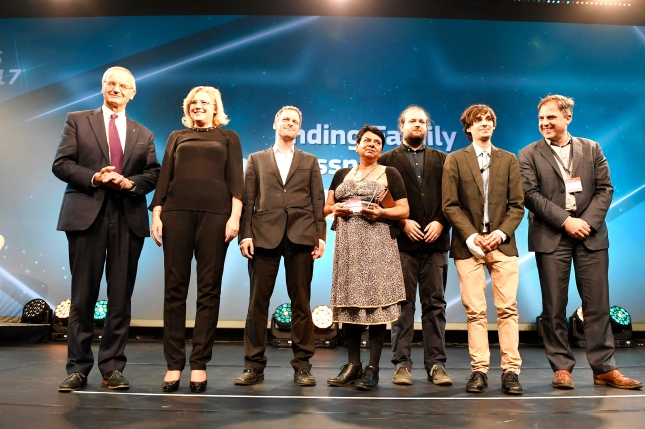 2017 Winners of the FEANTSA Ending Homelessness Awards
2017 Winners of the FEANTSA Ending Homelessness Awards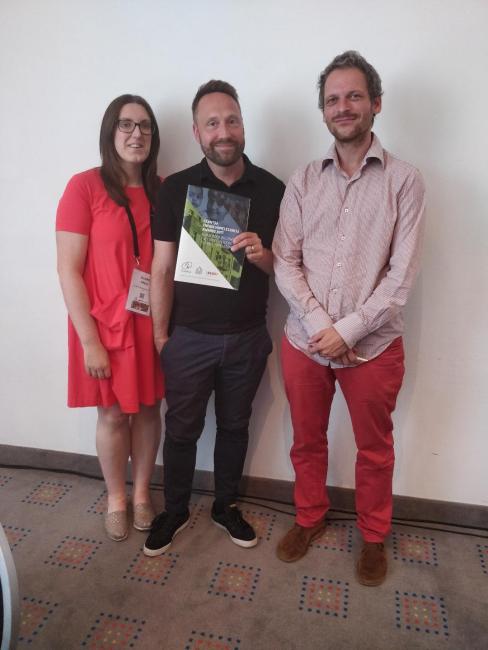

 Guest editor: Robbie Stakelum, FEANTSA Policy Officer
Guest editor: Robbie Stakelum, FEANTSA Policy Officer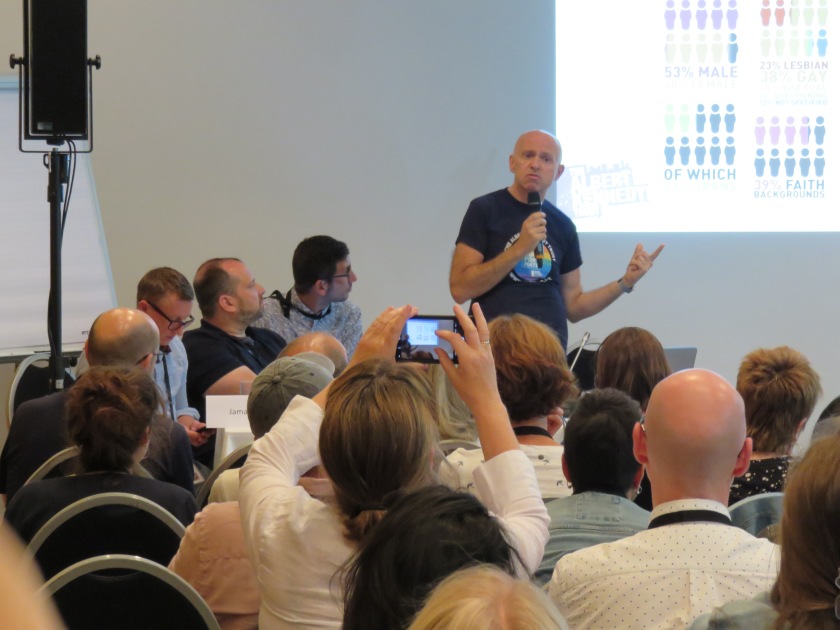
 Guest editor: Roberto Bernad, Habitat Director, RAIS Fundación
Guest editor: Roberto Bernad, Habitat Director, RAIS Fundación

 Guest Editor: Paul Miller, Communications Assistant FEANTSA, Clotilde Clark-Foulquier, Policy Coordinator, FEANTSA
Guest Editor: Paul Miller, Communications Assistant FEANTSA, Clotilde Clark-Foulquier, Policy Coordinator, FEANTSA
 Guest Editor: Alana Nabulsi
Guest Editor: Alana Nabulsi
 Guest editor: Freek Spinnewijn, FEANTSA Director
Guest editor: Freek Spinnewijn, FEANTSA Director
 Guest editor: Robbie Stakelum, FEANTSA Policy Officer
Guest editor: Robbie Stakelum, FEANTSA Policy Officer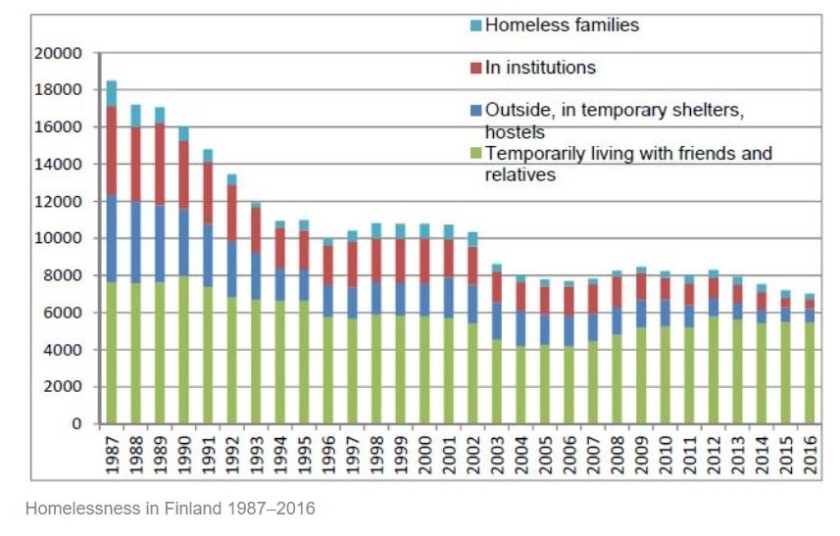
 Freek Spinnewijn, FEANTSA Director
Freek Spinnewijn, FEANTSA Director

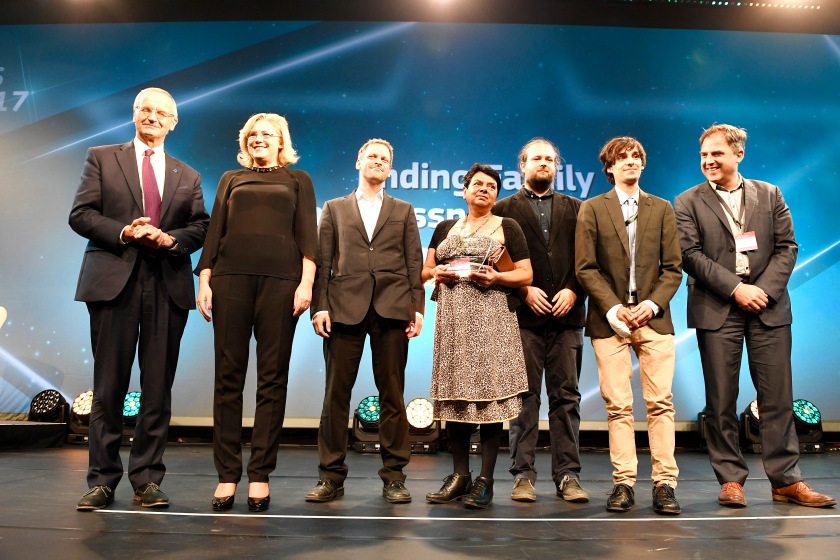

 Guest editor: Maria José Aldanas, FEANTSA Policy Officer
Guest editor: Maria José Aldanas, FEANTSA Policy Officer